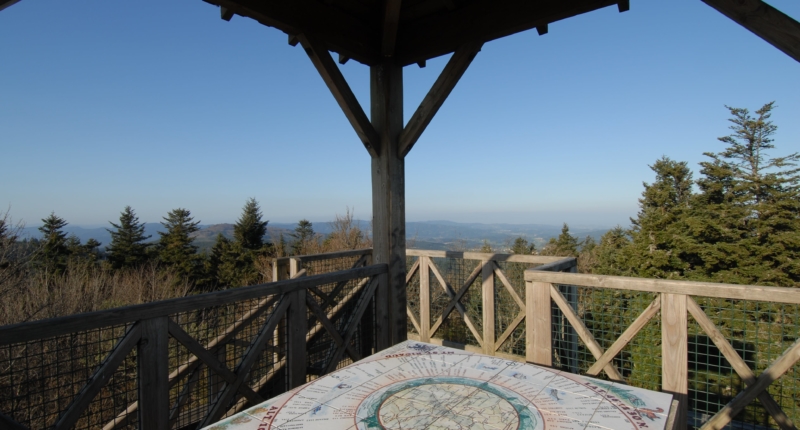Famous the world over for its wines, the Beaujolais region also has one of the richest and most complex geological heritages in France. The vineyard was certified with the “UNESCO Global Geopark” label in order to enhance its outstanding heritage. The diversity of the Beaujolais subsoil and its landscapes is a result of the convergence of several geological structures and phenomena that have left a noticeable mark on the area’s living environment. That history, dating back several hundred million years, joins forces here, with the present, in human activity and the region’s past as well as its heritage, culture and daily life. A major part of its identity, both past and future, is derived from its stone: golden, red, green, white, grey or black – masterfully highlighted in traditional architecture. The geological and hydraulic resources were, and still are, the mainstay of the region’s industry and craftsmanship, just as they determine the vocation of the soil. Granite, schist, limestone and clay for the vines and wines, siliceous volcanic rock for the pastures and forests, fertile alluvial deposits for the crops on the plains. The Beaujolais region and its everyday life are definitely rooted in the heart of the land.
Carrières de Glay
(Glay Quarry) Visitors are immersed in the past life of stone cutters and sculptors, who supplied the stones for building throughout the southern Beaujolais region all the way to Lyon. The limestone came from the seabed of the Jurassic period, dating back 175 million years. The old quarry is located in a natural setting, where certain plant and animal species are protected.
The bonus: sculptors are on site Monday and Thursday afternoon.


Mont Brouilly
The hill rises majestically up in the middle of the Beaujolais vineyards, thanks in large part to its geology. The blue stone, that makes up the hill, is one of the oldest stones in the area. Extremely hard and resistant to erosion, it conditions the morphology of the hill planted with vines. At the top, a ‘geoscope’ presents the region’s long history and geological diversity. Two panoramic viewpoints allow visitors to grasp the scope of the territory’s contrasting landscapes.
The bonus: after visiting the Mount, go down to the ‘Espace des Brouilly’ and enjoy a special, personable tasting.
Terrasse de Chiroubles
The terrace offers superb panoramic views overlooking the vine-covered hillsides and the Beaujolais crus. The Chiroubles appellation is special since 100% of its vines grow in granitic soil. The granite came from the ‘bowels’ of a gigantic mountain range that has since disappeared. From the Terrace, a path lets visitors walk to discover some geological curiosities in the granite massif.
The bonus: a trailbike circuit on site. Wine tastings and local terroir produce at the Chiroubles chalet. Panoramic restaurant.


Espace Pierres Folles
The museum provides a wonderful introduction to geology in the Beaujolais and Pierres Dorées (Golden Stones) area. With an impressive collection of fossils, the museum takes visitors back to the Jurassic period, when the Beaujolais region still had its head under water, so to speak. Life in the ocean was very developed back in the Jurassic period. The geological trail illustrates the different coastal and marine environments that came into being one after another over time.
The bonus: introductory fossil workshops to attend as a family.
Massif du Saint-Rigaud
The Haut-Beaujolais has the highest peaks in the Beaujolais region. The area is characterised by a highland relief and dense forest cover. Thanks to its geological context, Mont Saint-Rigaud acts as a natural water supply, giving rise to many streams, and is home to environmentally sensitive wetlands.
The bonus: a mountain range located on a long-distance hiking path (GR7) and on the Camino de Santiago (Way of St. James) path. Watch the sunset from the Roche d’Ajoux.

